TO RETURN TO 1970s MAIN PAGE CLICK HERE
TO GO TO JANESICK CONTINUATION PAGE CLICK HERE
U.S. SPACECRAFT 1960s and 70s CLICK HERE
U.S. SPACECRAFT 1980s and 90s CLICK HERE
U.S. SPACECRAFT 2000 and BEYOND CLICK HERE
FOR INFORMATION ON NON-ASTRONOMY CCDS - COMMERCIAL, INDUSTRIAL, SCIENTIFIC, MEDICAL, ETC. CLICK HERE
FOR ADDITIONAL INFORMATION CONCERNING SPACECRAFT, THEIR CAMERAS AND IMAGERS SHOWN ON THIS SITE CLICK HERE
EVOLUTIONARY / EXPERIMENTAL IMAGERS
These are imagers were significant in the development
of todays advanced imagers, but were not actually used
in spacecraft or for medical purposes.
(NOTE: This page under construction)
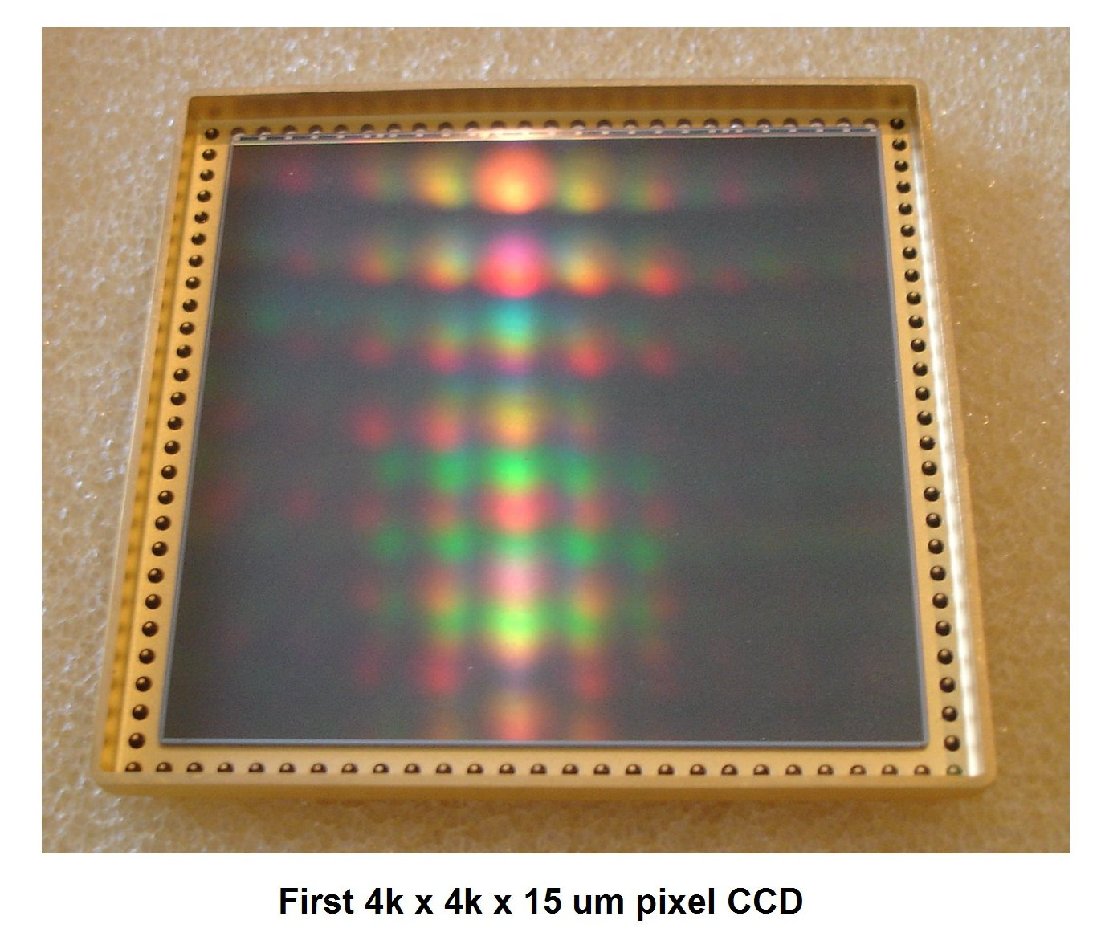
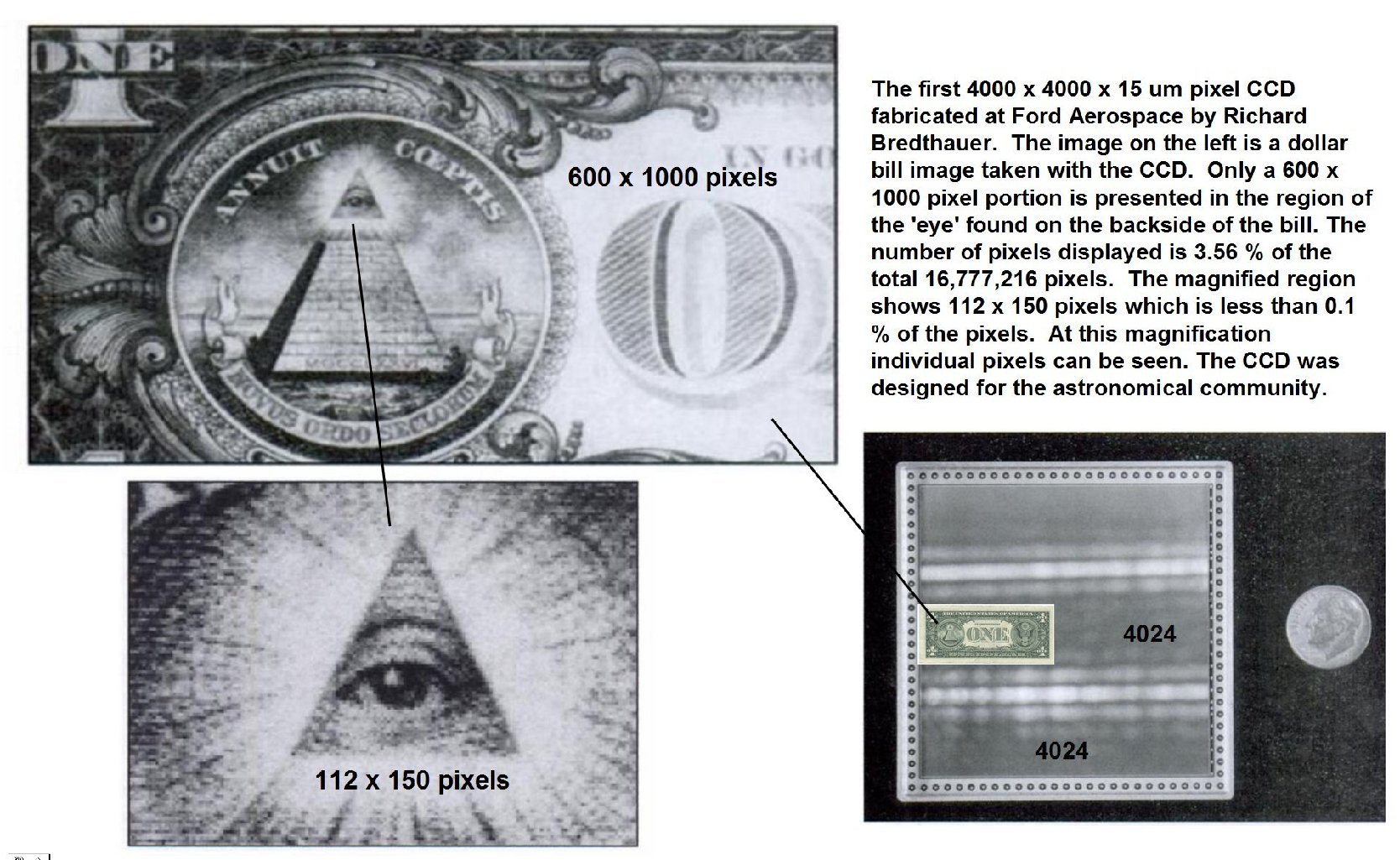
Adaptive optics (AO) is a technology
used to improve the performance of optical systems by reducing the
effect of wavefront distortions: it aims at correcting the deformations
of an incoming wavefront by deforming a mirror in order to compensate
for the distortion.


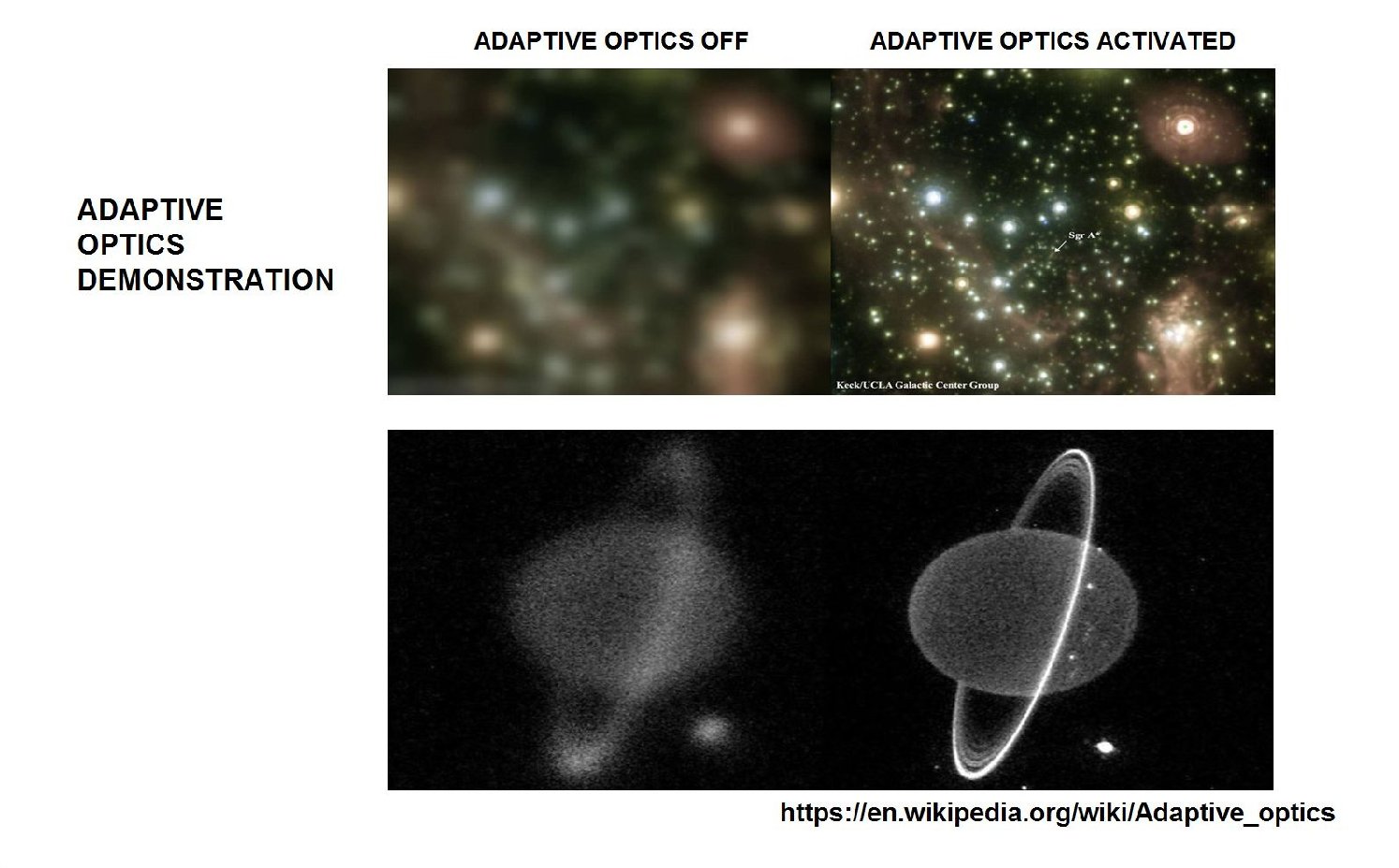

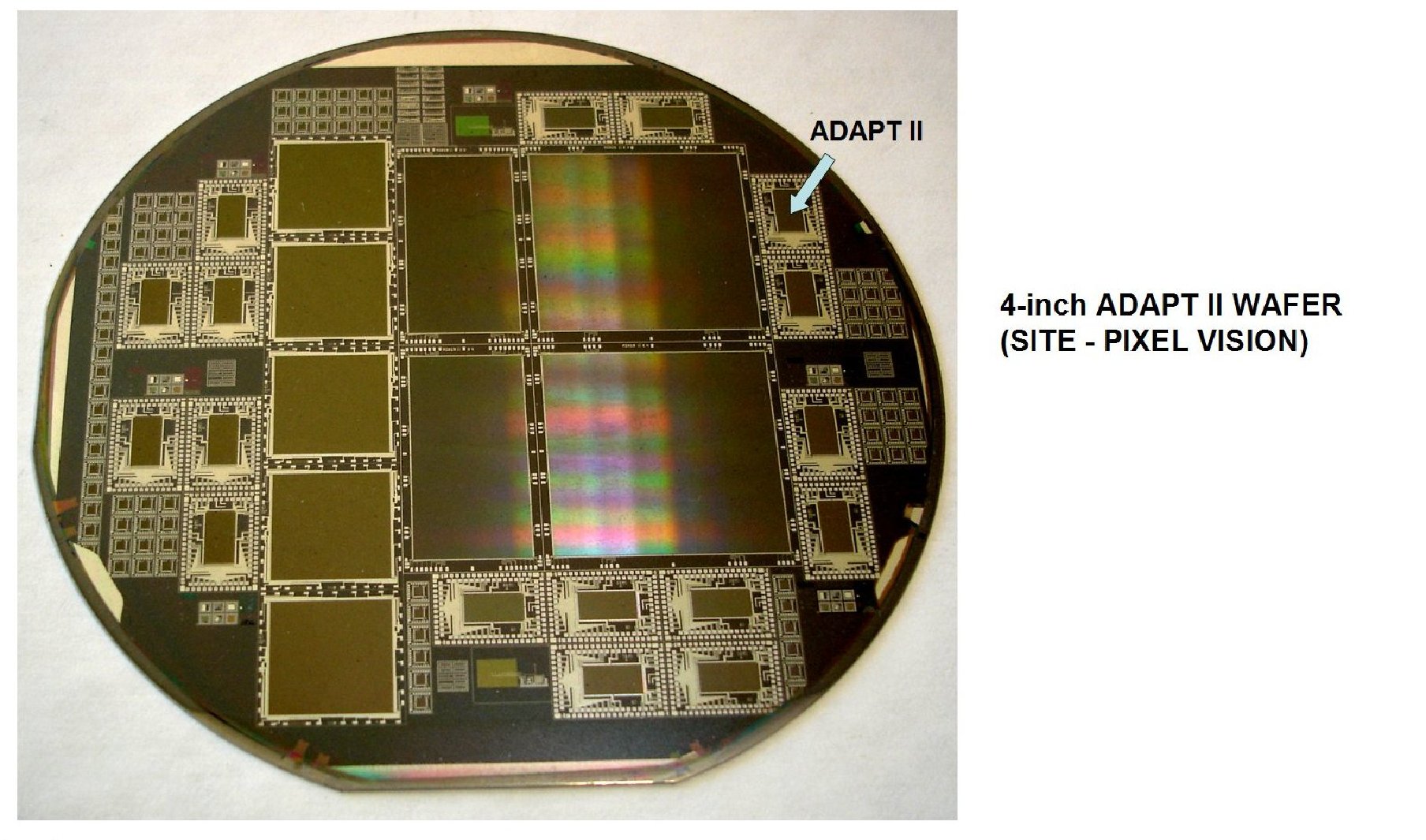



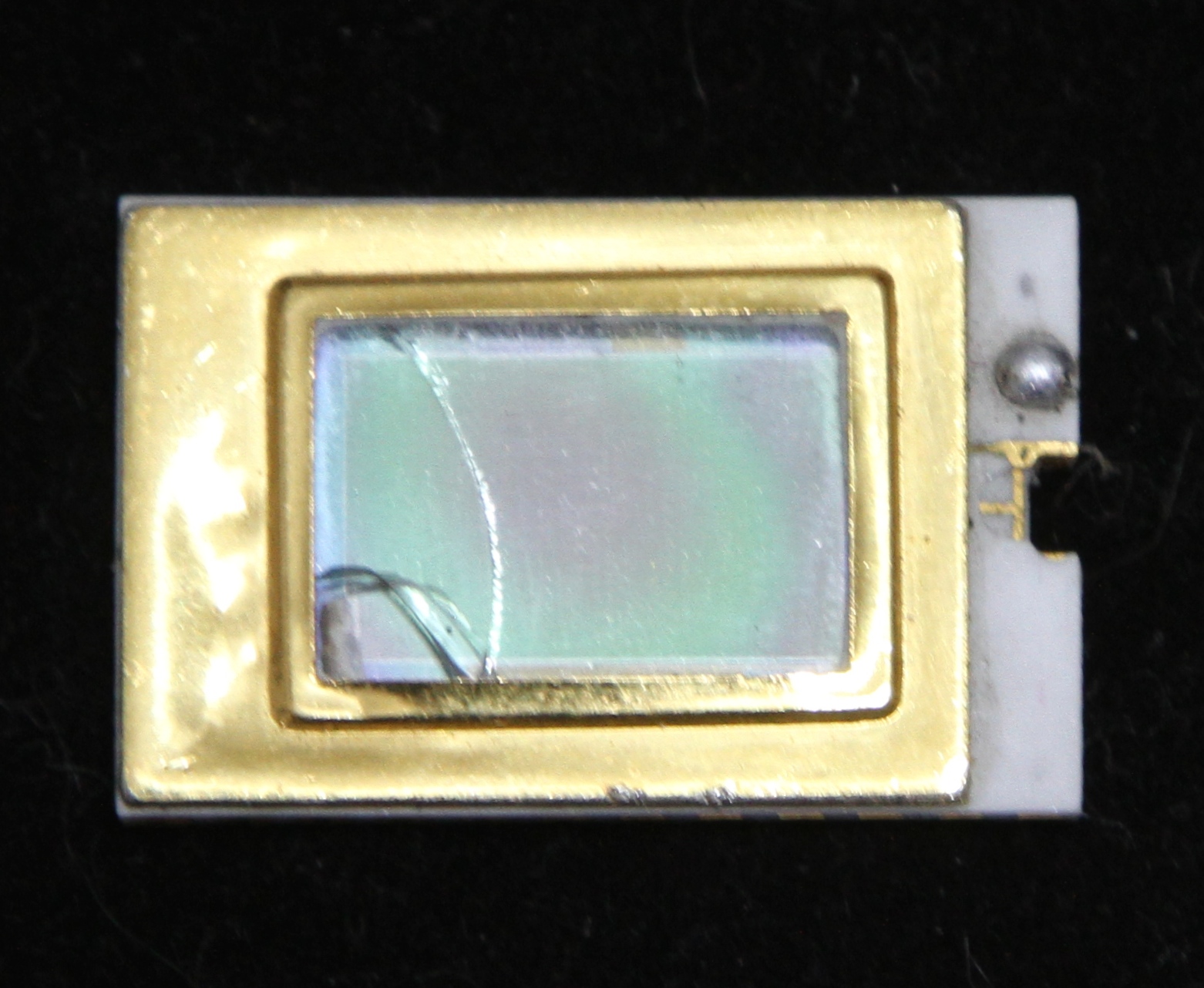

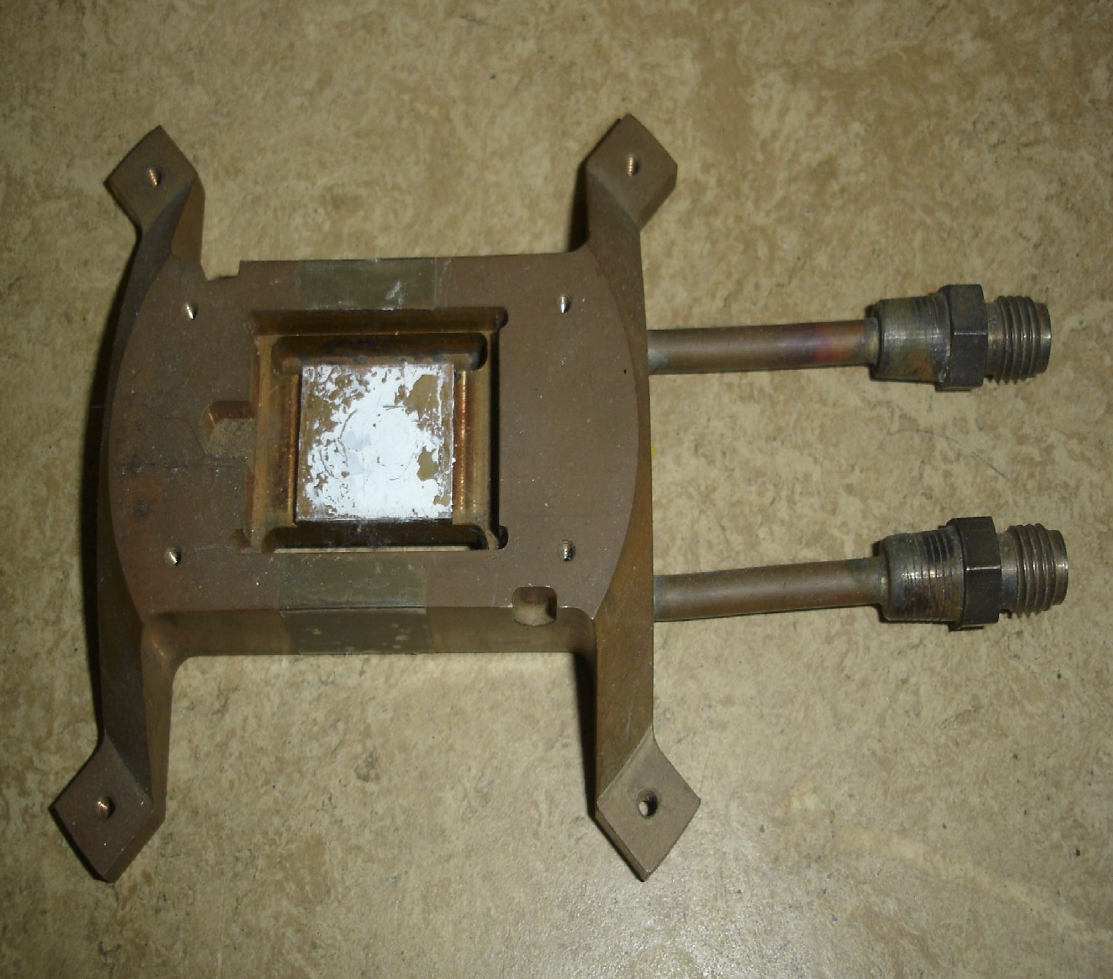
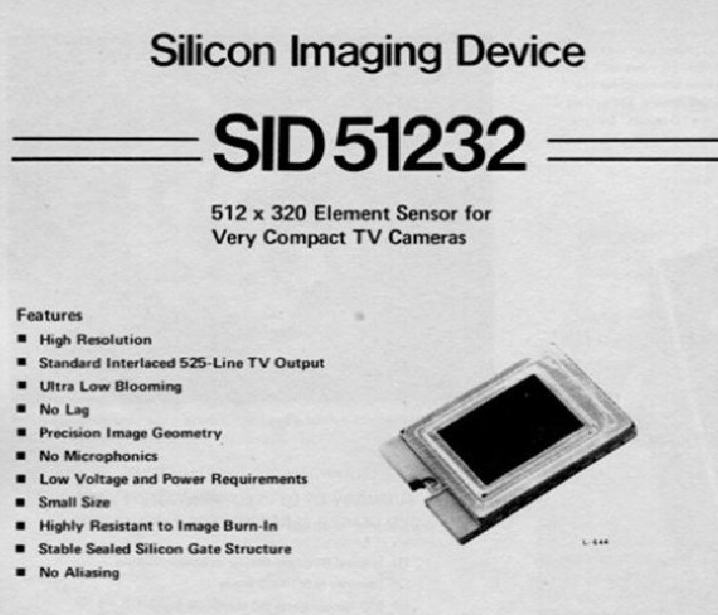
Early 1970s. Result
of using metals not compatible with thermal rate of glass
expansion. The above CCD was manufactured by RCA as their lfirst
attempt to replace TV tubes with a solid state imager. The
item on the right is a copper cooling block which held the CCD.
The different expansion rates between the copper and the CCD glass
cover while cooling the device to liquid nitrogen temperatures caused
the cover to break.



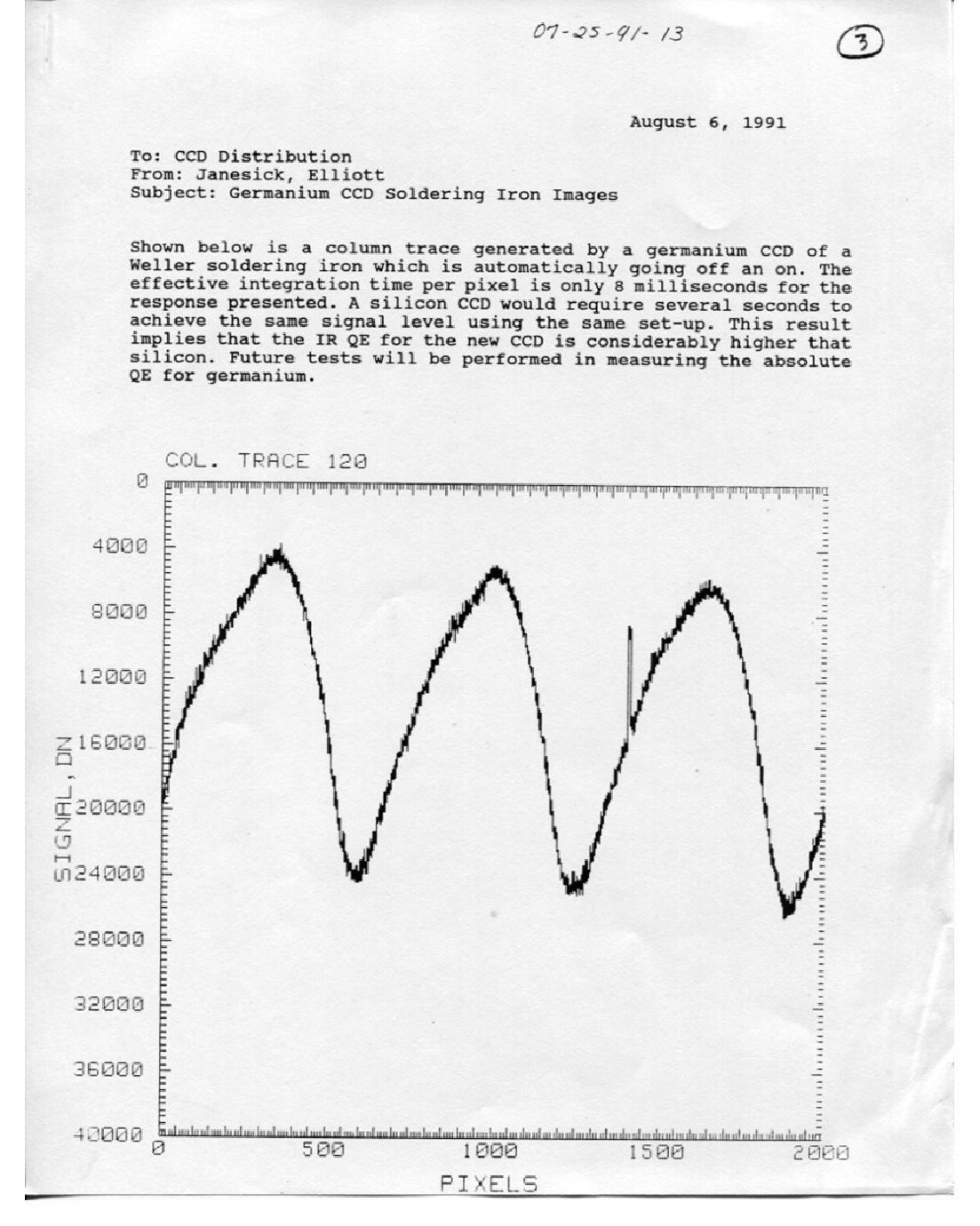
In
1987 work began on the first ever Germanium CCD imagers which were
built on 3-inch germanium wafers. Germanium had the advantage
over silicon in broadening the infra red and X-ray response as
compared to silicon CCDs, however, technical problems resulted in
little demand for this type of CCD and the project was discontinued in
1991 except for testing. The image on the right shows infra red
response of the Germanium CCD which was many times faster than a
Silicon CCD, one reason why there was original interest in Germanium as
a possible substitue for Silicon. The
Germanium CCD was going to be used for a host of applications (e.g.,
military, astronomical). The technology was very very difficult to
fabricate into practice. For example, germanium oxide dissolves in
water. In contrast silicon dioxide (glass) is one of the best
insulators there is. A gate oxide is needed to fabricate a CCD.
Germanium is limited to 1.6 um (IR) as opposed to 1.0 um for silicon
(NIR). The day sky looks black at 1.6 um. The above Germanium CCD wafer
is the
only known one in existence and was donated to DigiCamHistory.Com by
James Janesick.
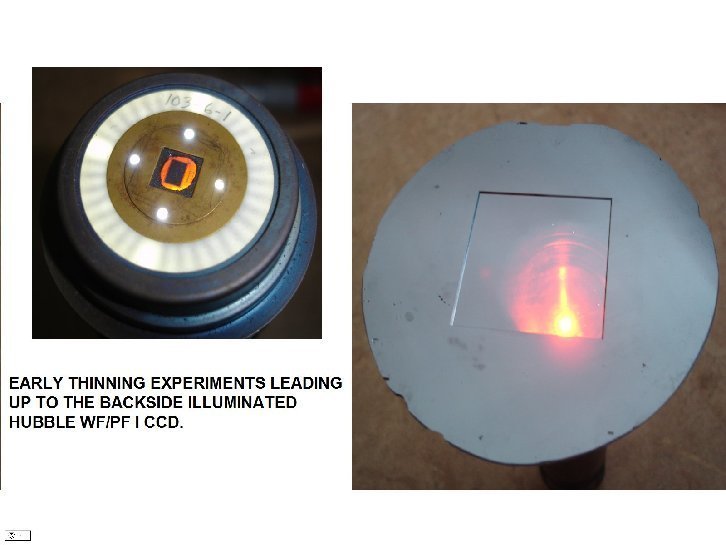
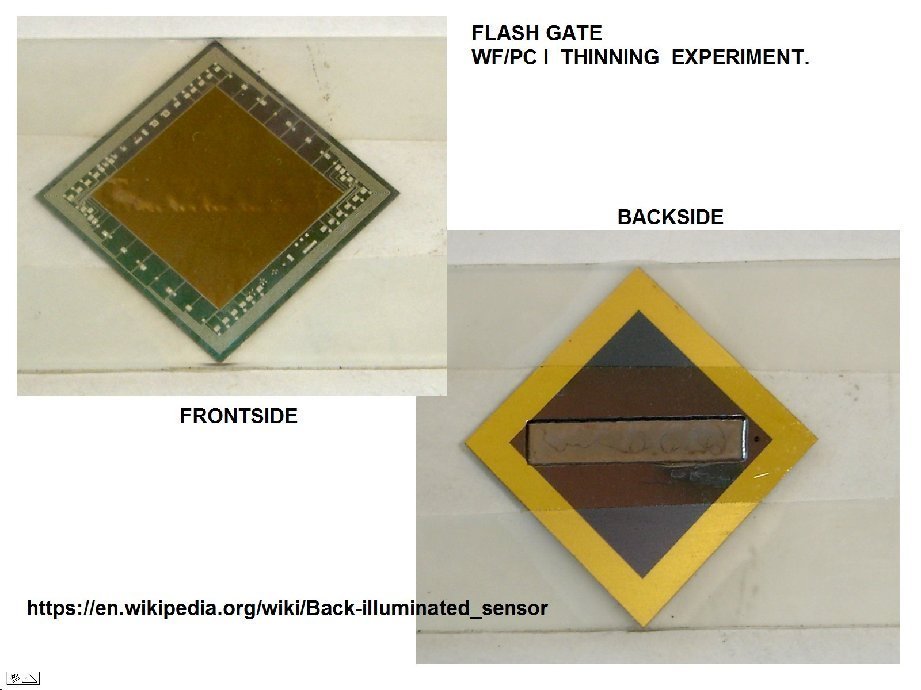






TO RETURN TO 1970s MAIN PAGE CLICK HERE
TO GO TO JANESICK CONTINUATION PAGE CLICK HEREEVOLUTIONARY / EXPERIMENTAL IMAGERS CLICK HERE
U.S. SPACECRAFT 1960s and 70s CLICK HERE
U.S. SPACECRAFT 1980s and 90s CLICK HERE
U.S. SPACECRAFT 2000 and BEYOND CLICK HERE
FOR INFORMATION ON NON-ASTRONOMY CCDS - COMMERCIAL, INDUSTRIAL, SCIENTIFIC, MEDICAL, ETC. CLICK HERE
FOR ADDITIONAL INFORMATION CONCERNING SPACECRAFT, THEIR CAMERAS AND IMAGERS SHOWN ON THIS SITE CLICK HERE

















